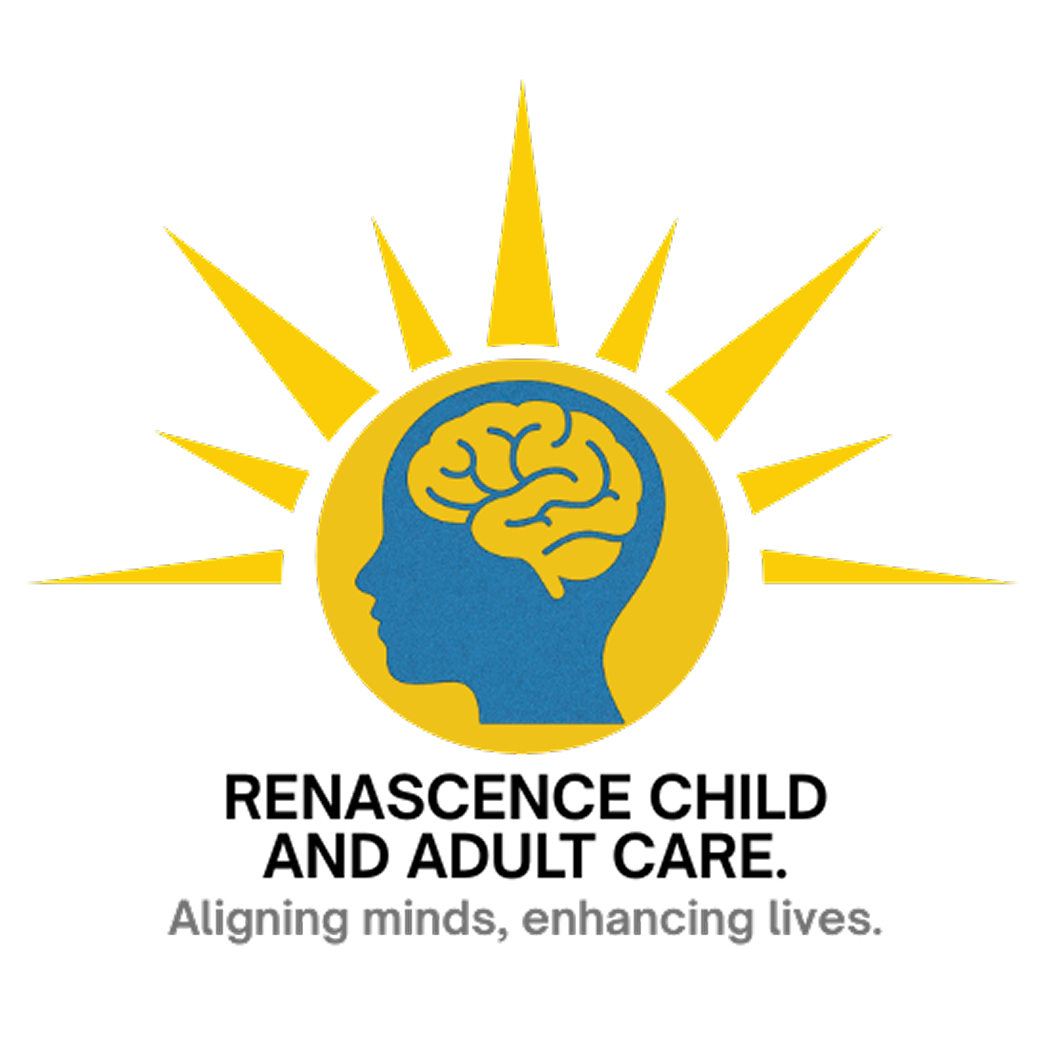
Other Therapies
Physiotherapy (also known as physical therapy) is a healthcare discipline that focuses on improving movement, reducing pain, and helping individuals regain function following injury, illness, or disability. It involves exercises, stretches, manual therapy, and other techniques to help people of all ages restore their physical abilities and improve their overall quality of life.
Physiotherapy for Kids
For children, physiotherapy focuses on improving motor skills, strength, flexibility, and coordination. It is especially helpful for children with physical disabilities, developmental delays, or conditions that affect their ability to move or engage in everyday activities.
Examples of Physiotherapy for Kids:
- Developmental Delays : Children with delays in motor development (e.g., sitting, crawling, walking) may receive physiotherapy to help them reach developmental milestones. The therapist will use activities like crawling games, balance exercises, or walking drills to build strength and coordination.
- Sports Injuries: Active children may experience injuries from sports (e.g., sprains, strains, fractures). Physiotherapy helps them recover by focusing on exercises to restore strength, flexibility, and range of motion. It may also include advice on injury prevention and technique adjustments.
- Cerebral Palsy: Children with cerebral palsy (a neurological condition that affects movement) benefit from physiotherapy to improve their balance, posture, and coordination. Techniques may include stretching, strength-building exercises, or assistive devices to help them move more easily.
- Postural Issues: Some children experience poor posture or alignment, which can lead to discomfort or pain. Physiotherapy can help them improve posture through exercises that strengthen core muscles and promote better alignment.
- Neuromuscular Conditions: Conditions like muscular dystrophy may affect a child’s muscle strength and coordination. Physiotherapists work with these children to improve mobility and maintain as much independence as possible through tailored exercises and interventions.


Physiotherapy for Adults
For adults, physiotherapy can help with recovery from injury, surgery, chronic pain, or age-related conditions that affect mobility and function.
Examples of Physiotherapy for Adults:
- Post-Surgery Rehabilitation: After surgeries like joint replacement, ligament repair, or back surgery, physiotherapy helps adults regain strength, flexibility, and mobility. This may include exercises to rebuild muscle strength, improve range of motion, and reduce scar tissue formation.
- Chronic Pain Management: Adults with conditions like arthritis, back pain, or fibromyalgia may experience ongoing pain and stiffness. Physiotherapists provide techniques to manage pain through manual therapy, stretching exercises, and strengthening exercises aimed at improving joint function and reducing discomfort.
- Sports Injuries: Just like kids, adults can also suffer from sports-related injuries, such as strains, sprains, or joint injuries. Physiotherapists use targeted rehabilitation exercises to restore normal function and help adults safely return to physical activities.
- Stroke Recovery: After a stroke, adults may experience weakness, paralysis, or difficulties with coordination. Physiotherapy is key in stroke recovery, helping patients regain mobility, strength, and coordination through specific exercises and techniques.
- Balance and Fall Prevention: As adults age, they may experience balance problems or a higher risk of falls. Physiotherapy focuses on improving balance and strength, often through exercises that target core stability, lower body strength, and coordination, to prevent falls and enhance mobility.
In both children and adults, physiotherapy is personalized to the individual’s needs. Whether it’s helping a child with developmental milestones or assisting an adult with rehabilitation after an injury, the goal of physiotherapy is to improve physical function, reduce pain, and enhance quality of life through movement-based interventions.
